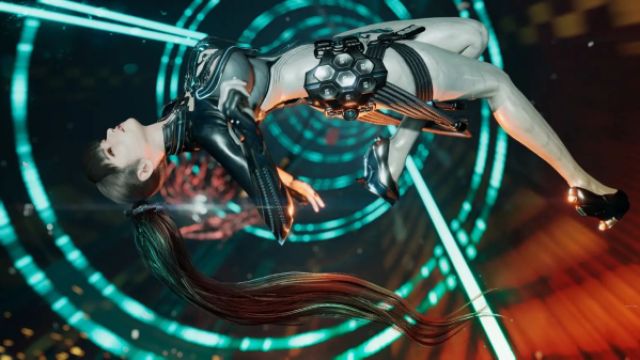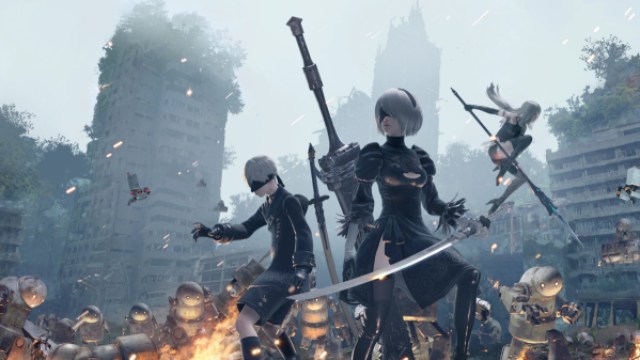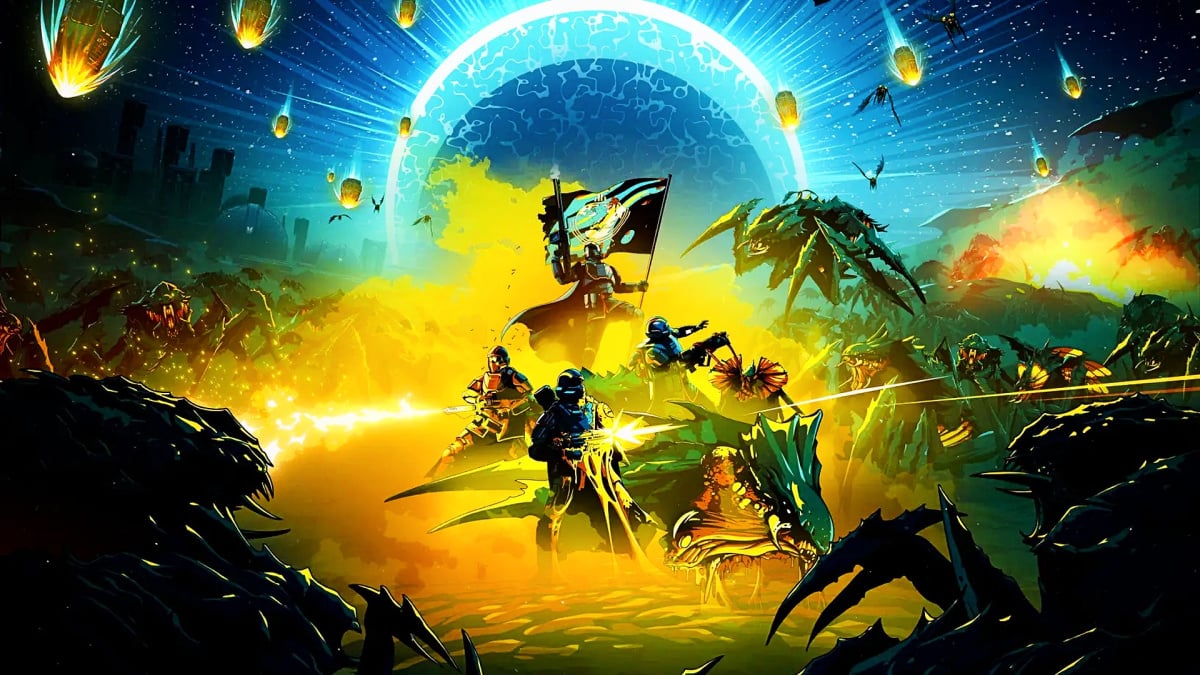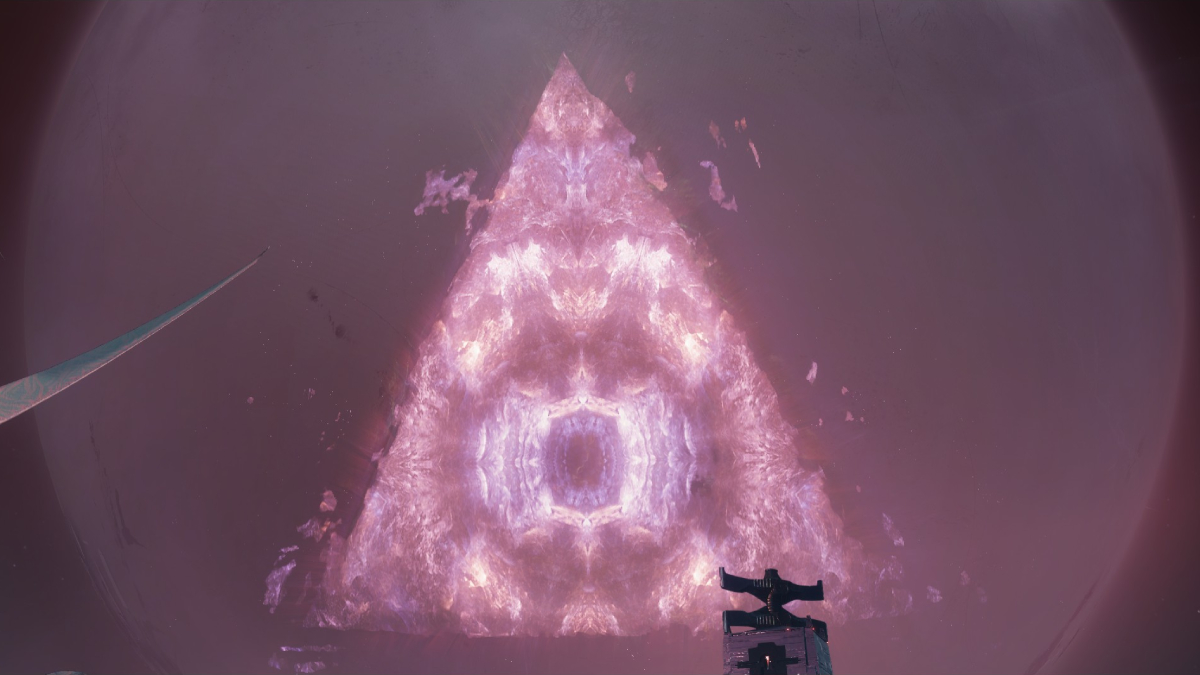Stellar Blade has been an interesting experience so far. Leading up to its impending release, I’ve been on the fence about whether I was even interested. As is often the case with games that look the way this one does, a lot of the attention has been on the game’s main character, Eve, and the amount of detail that has gone into her… ahem… assets. However, PlayStation had the great idea to drop a demo, so naturally I wasn’t going to turn down the opportunity to try this highly anticipated title risk free.
So there I was, learning combos and updating skills right until I beat the demos boss where I felt a bit of déjà vu. I enjoyed my time in the demo, ripping apart bionic enemies as Eve using my blade and a few combat skills I’d obtained. Stellar Blade kept me enthralled with its stunning visuals, stylized menus, tight combat, and a pretty solid score.
But the core of my enjoyment seemed to emanate from this inescapable familiarity I felt as I played. As I explored the world, listening to light chanting in the background and stunned by the spectacle of the light effects dancing across my screen, I couldn’t help but feel I’d been here before. There was no way this was my first time playing Stellar Blade. It had to be impossible that I would have this strong a sensation for a game I barely paid any attention to.
Then it hit me, sort of like one of those un-dodgeable critical attacks that have been frustrating me in Stellar Blade. I’d played something extremely similar to this before. It was called Nier: Automata. And the Nier games are known for being a bit screwy. Heck Yoko Taro, the director of the Nier games loves messing with fans and his audience with levels of mystery and intrigue. The games have multiple endings with sometimes odd requirements, and hidden references to the Drakengard series that started it all. The propensity for weirdness from Yoko Taro and the similarities have me seriously wondering.

It started with the music. As Stellar Blade opens, there’s this bombastic symphony accompanied by echoing voices with a modern beat lying beneath tying it all together. The sounds help to punctuate a battle in space as giant, cocoon-like ships kickstart a raid. As pods filled with fighters (which we’ll get to in a moment) rain down from the heavens, there are huge beams of light and explosions that slowly but surely obliterate everything in their path. Percussions seem perfectly in sync with fireballs and tearing metal.
The music continues to crescendo as you touch down on terra firma. Once free of your claustrophobic steel confines, Eve reveals herself to be a cybernetic femme fatale. Sure there was no white leotard and gothic black loli getup, but it’s very easy to think of 2B of Nier fame once she starts moving. There’s a deliberateness to Eve’s movements that plays well into the fast-paced combat which mixes frame-tight melee action with some good ol’ fashion shooting.
What’s happening on this planet at the opening of Stellar Blade? Well, for starters, it’s Earth. Humanity has been pushed out of their home by aliens and the only way to reclaim it is with the help of androids. All of these Androids are extraordinarily easy on the eyes. They are proficient with blades, their abilities are charged by their internal batteries, they can use range, and you even get a cool-looking little pod to accompany you on your journey.
While the demo is brief (you can complete the entire demo and even do the boss challenge in under an hour) you do get a taste of Stellar Blade’s story beats which continue to ring with that Nier-esque familiarity. Mysterious warriors, which are presented as aliens, are the bane of your existence. When they show up, you run. They move as you do, but they bleed. I wouldn’t be surprised if there’s some twist where there aren’t any more humans, at least not how we’d expect. That they’ve evolved into these new entities that we see lording over the lesser beasts and fighting to keep us from reclaiming our planet. Which all sounds very… well… Nier.
Now I know there are a lot of games that have similarities. It’s the nature of art and the business. Influence is everywhere, and when you have something as beloved and recognized as Nier, it’s difficult to not draw similarities when a new action game comes out. We saw a similar discussion pop up with Lies of P last year. A game that was such a good Souls-like that was so faithful to the core essence of games like Dark Souls and Bloodborne, that many couldn’t believe it wasn’t made by From Software themselves. But as you played through that game, it was clear that it was something new no matter how clear its influences were. I never at any point felt like I was playing anything other than Lies of P.

But Stellar Blade has tickled my brain in a way much different to how Lies of P had us in awe of its adherence to what From Software cemented as a new genre. Where Neowiz Games and Round8 Studio created something that was wholly its own thing in Lies of P but paid unfettered homage to the greats that created that particular flavor of RPG, Shift Up’s Stellar Blade feels like there’s a trick going on right before our eyes.
While it was only a vertical slice, every bit of Stellar Blade had me feel as if I was playing a release from the mind of Yoko Taro and PlatinumGames (though maybe not as smooth as there was a bit of stiffness, but that’s a discussion for another time).
This could very well be a case of some solid flattery from a studio looking to make its mark, but I’ve got my eye on this one. And you can call me paranoid, but I’m fully ready for the end credits to roll and Emil to stroll up and pick up the pieces of whatever beautifully rendered battle that’s surely being saved for this game’s climax.
When all is said and done, I could end up being dead wrong and you know what? That’s okay, because I can’t be the only one who sees it, right?
Twinfinite is supported by our audience. When you purchase through links on our site, we may earn a small affiliate commission. Learn more

 2 weeks ago
32
2 weeks ago
32






